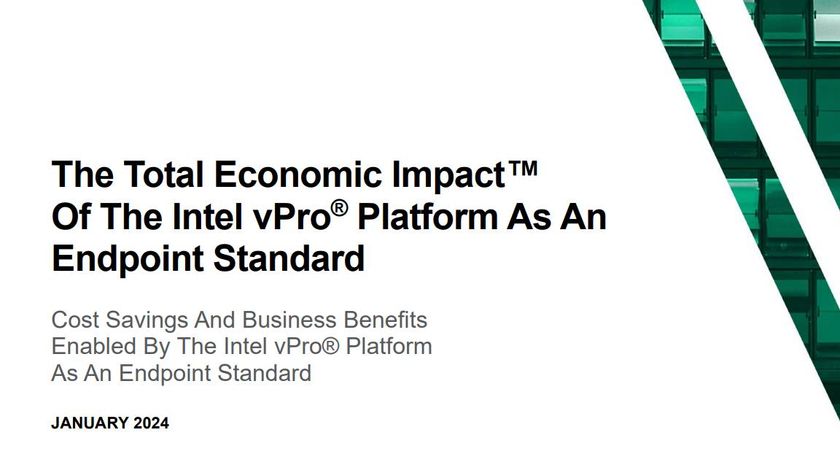Power redundancy is on the cards as the review system includes both 1023W hot-plug supplies. This is a key area of focus for AMD and the R815 delivered the goods in our power tests.
The Opteron 6174 processors in the review system have a low rating of 80W and our inline meter recorded 335W with Windows Server 2008 R2 Enterprise in idle. With all cores pushed to the limit by SiSoft Sandra we saw this peak at 618W.
AMD has the edge over Intel's 6500 and 7500 Xeons in the power department as a PowerEdge R810 with a pair of 2GHz X6550 Xeons and twice the memory pulled 392W in idle and 558W under peak load. Considering the R810 had 16 physical cores as opposed to 48 in the R815 the benefits of the Opteron are clear.
For virtualisation duties the R815 sports Dell's unique internal SD memory card controller. Dell set the ball rolling by being the first to provide an internal SD card for booting into a hypervisor but it's gone one step beyond as you now get two.
The controller keeps an onboard copy of the boot media in case it fails and the process is fully automated. We tested this by removing and reinserting the second card and saw the boot up process resynchronise its contents with the primary card.
More unique features are provided as the R815 sports Dell's Lifecycle Controller and its 1GB of NVRAM memory. This comes into its own for OS installation as we were able to boot the server into Dell's UEFI (unified extensible firmware interface) environment and deploy an OS without needing to use any boot media.
Dave is an IT consultant and freelance journalist specialising in hands-on reviews of computer networking products covering all market sectors from small businesses to enterprises. Founder of Binary Testing Ltd – the UK’s premier independent network testing laboratory - Dave has over 45 years of experience in the IT industry.
Dave has produced many thousands of in-depth business networking product reviews from his lab which have been reproduced globally. Writing for ITPro and its sister title, PC Pro, he covers all areas of business IT infrastructure, including servers, storage, network security, data protection, cloud, infrastructure and services.












